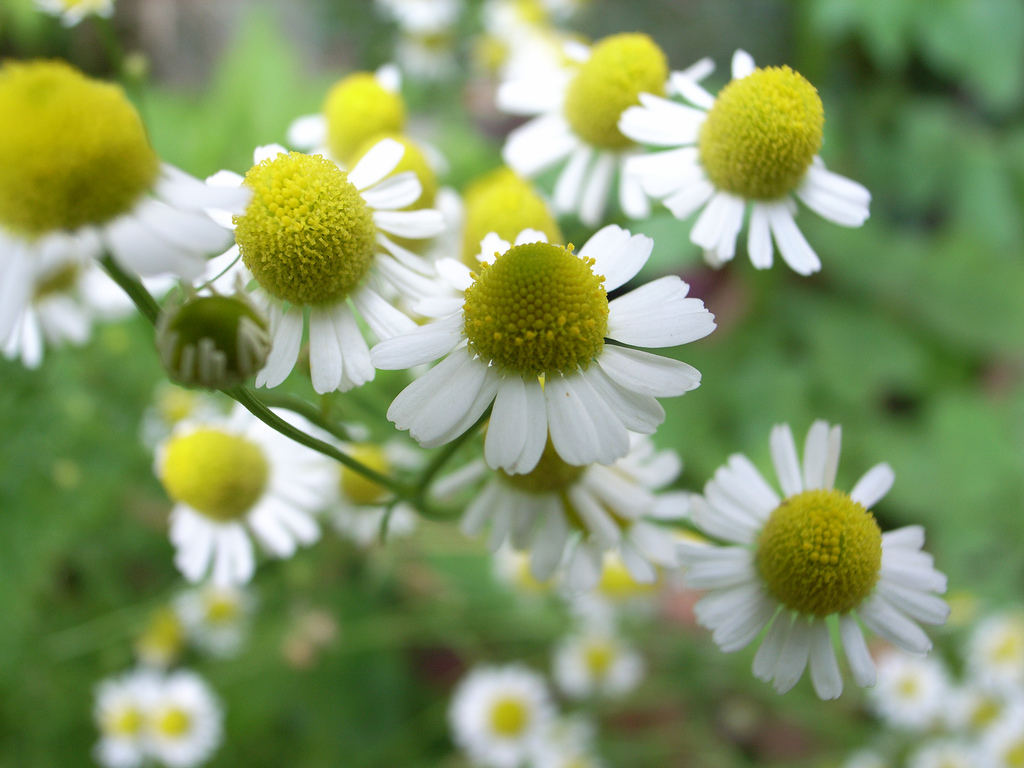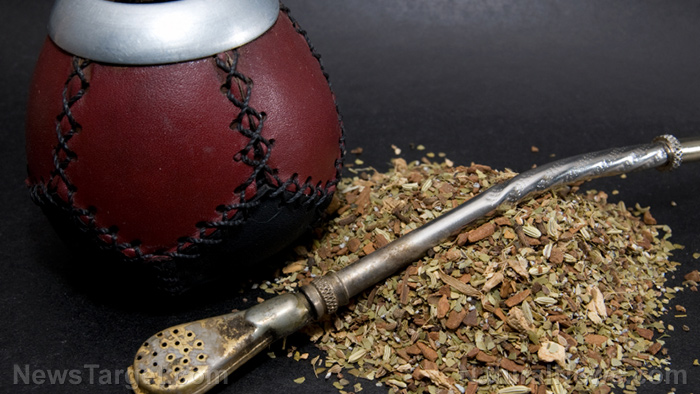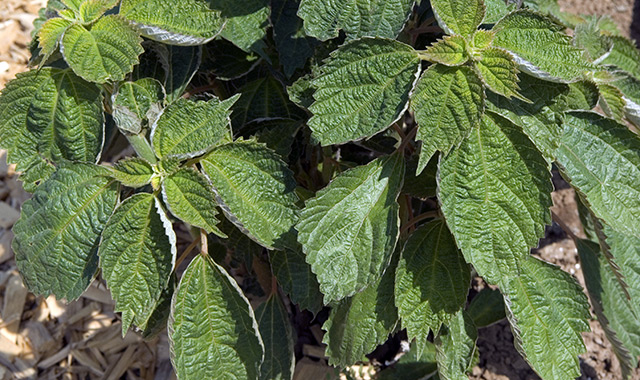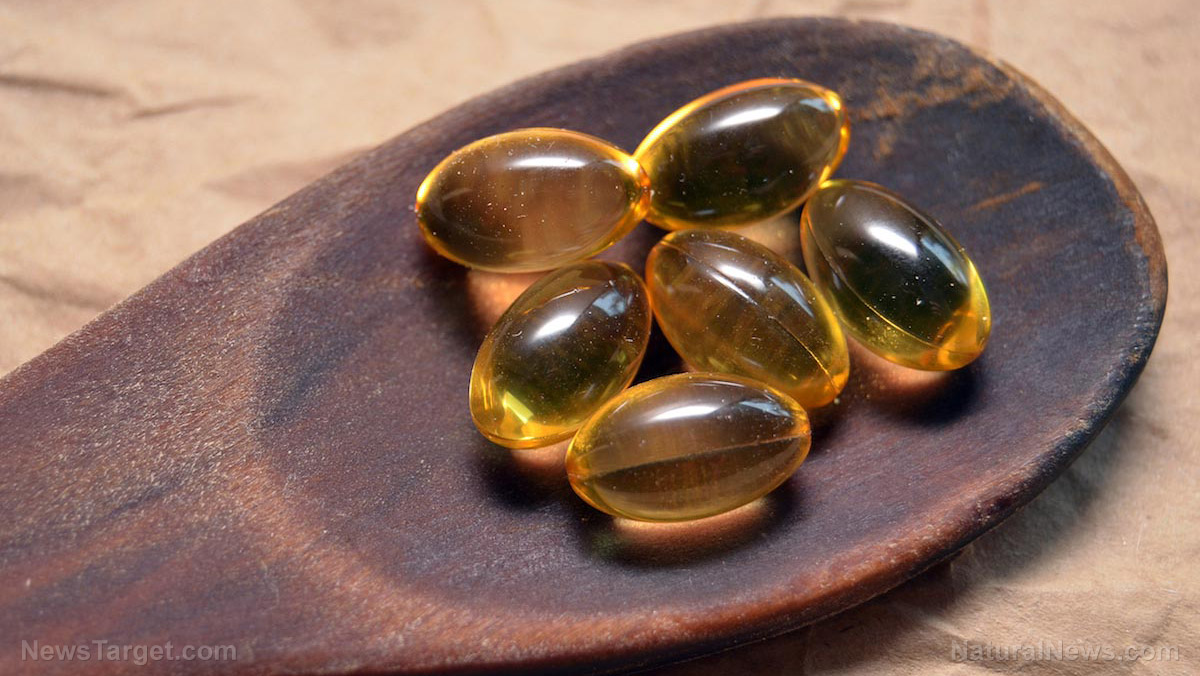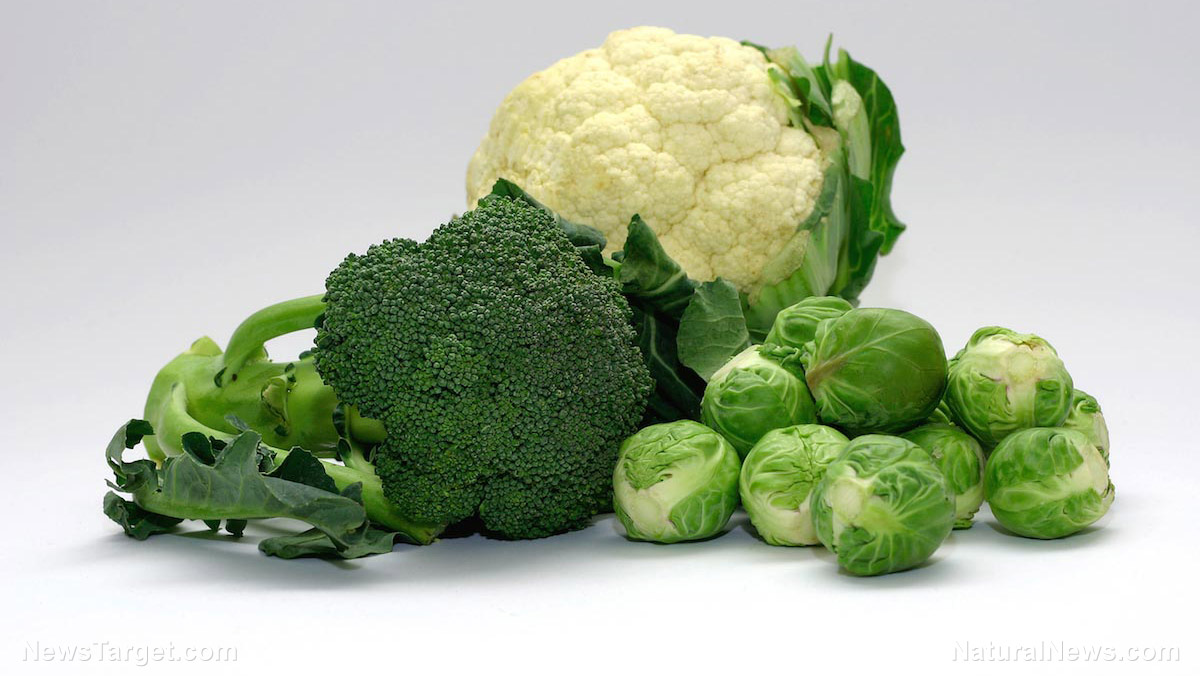Agrimonia pilosa found to improve impaired glucose metabolism induced by a high-fat diet
10/02/2018 / By Ralph Flores

A study published in BMC Complementary and Alternative Medicine has established that extracts from Agrimonia pilosa Ledeb. (commonly known as the hairy agrimony) could be used to manage symptoms of impaired glucose tolerance in rats that were fed a high-fat diet (HFD).
- A. pilosa is known for its medicinal properties, including its anti-cancer, antioxidant, and anti-diabetes activity.
- Researchers looked at the effects of an aqueous extract derived from A. pilosa in rats that have impaired glucose metabolism as a result of a high-fat diet (HFD).
- For the experiment, rats were separated into groups – they were assigned either a normal diet, a high-fat diet, or a high-fat diet with A. pilosa aqueous extract. The tests ran for 16 weeks, after which, the liver and fat tissues, as well as serum, were harvested for analysis.
- Rats under a high-fat diet that were treated with A. pilosa had a significantly lower liver weight compared with those that were solely given a high-fat diet. The rats also were noted to have lower blood glucose levels than those in the HFD group for up to 120 minutes after glucose administration.
- Rats treated with A. pilosa also exhibited decreased tumor necrosis factor ? and interleukin 6 levels, as well as increased adiponectin concentrations.
- Biomarkers for hepatic and adipose tissue expression were also reduced in rats treated with A. pilosa.
The findings suggest that A. pilosa could regulate blood glucose levels and other relevant biomarkers in rats under a high-fat diet.
Find the full text of the study at this link.
Learn more about natural cures for diabetes by following DiabetesScienceNews.com today.
Journal Reference:
Jang HH, Nam SY, Kim MJ, Kim JB, Choi JS, Kim HR, Lee YM. AGRIMONIA PILOSA LEDEB. AQUEOUS EXTRACT IMPROVES IMPAIRED GLUCOSE TOLERANCE IN HIGH-FAT DIET-FED RATS BY DECREASING THE INFLAMMATORY RESPONSE. BMC Complementary and Alternative Medicine. 5 September 2017;17. (442). DOI: 10.1186/s12906-017-1949-z
Tagged Under: Agrimonia pilosa, Agrimony, alternative medicine, anti-diabetes, antioxidants, cancer treatment, diabetes, glucose tolerance, high-fat diet, natural cures, natural medicine, obesity

